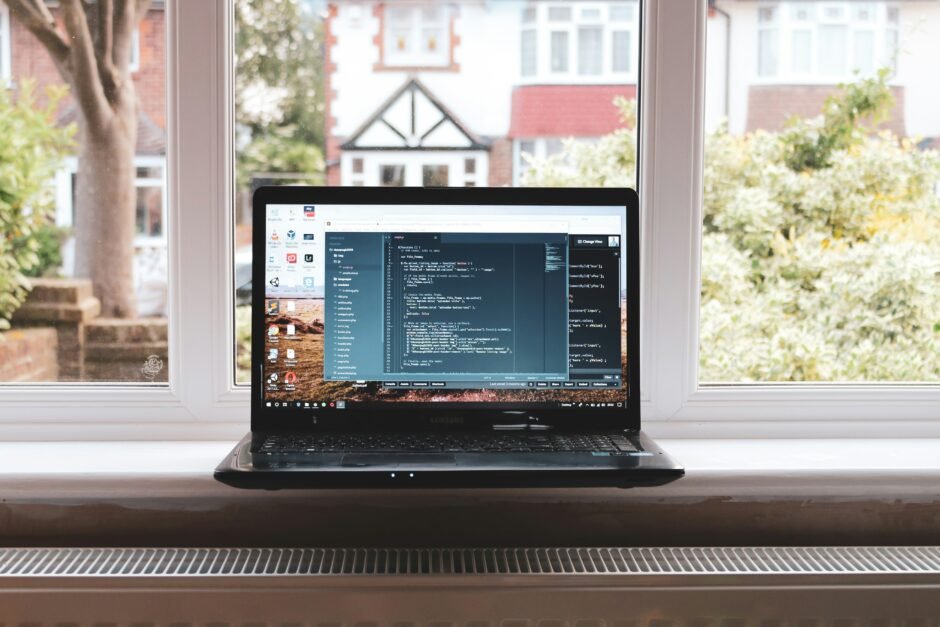Learn about firewalls and their role in network security. Understand different types of firewalls and how they protect against cyber threats. Explore common types of network intrusions and discover measures…
WebSocket Pen Testing: Ensuring the Security of Real-time Communication

Learn about the importance of WebSocket pen testing in ensuring the security of real-time communication channels.
Discover common vulnerabilities in WebSocket and the step-by-step process of conducting a comprehensive pen test.
Stay ahead of evolving threats and maintain a secure online environment.

Introduction
In today’s digital landscape, real-time communication has become an integral part of many web applications.
WebSocket, a communication protocol, enables bidirectional and full-duplex communication between a client and a server, providing a seamless and efficient user experience.
However, with this increased functionality comes the need for robust security measures.
WebSocket pen testing plays a crucial role in identifying vulnerabilities and ensuring the security of these real-time communication channels.
Understanding WebSocket
WebSocket is a protocol that allows for persistent connections between a client and a server, enabling real-time data transfer.
Unlike traditional HTTP, WebSocket provides a full-duplex communication channel, allowing data to be sent and received simultaneously.
This makes it ideal for applications that require instant updates, such as chat applications, collaborative tools, and real-time analytics.

WebSocket Architecture
The WebSocket protocol consists of two main components:
- WebSocket Client: The client-side implementation that initiates the connection with the server.
- WebSocket Server: The server-side implementation that handles client connections and facilitates bidirectional communication.
Importance of WebSocket Pen Testing
WebSocket pen testing is crucial for identifying potential vulnerabilities and ensuring the security of real-time communication channels.
By conducting thorough penetration tests, security professionals can uncover weaknesses in the WebSocket implementation and address them before they are exploited by malicious actors.
Common Vulnerabilities in WebSocket
Some of the common vulnerabilities that can be identified through WebSocket pen testing include:
- Insecure WebSocket Configuration: Misconfigurations in the WebSocket server can lead to security vulnerabilities, such as allowing unauthorized access or enabling cross-site scripting (XSS) attacks.
- Insufficient Authentication and Authorization: Weak or nonexistent authentication and authorization mechanisms can allow unauthorized users to gain access to sensitive data or perform actions on behalf of legitimate users.
- Data Validation and Sanitization: Inadequate validation and sanitization of data can lead to various attacks, such as SQL injection, command injection, or remote code execution.
- WebSockets and Cross-Site Request Forgery (CSRF): Lack of proper CSRF protection can allow attackers to perform actions on behalf of authenticated users without their knowledge or consent.

WebSocket Pen Testing Process
The WebSocket pen testing process involves several steps to ensure a comprehensive assessment of the security of the real-time communication channels:
1. Information Gathering
During this phase, the pen tester collects information about the target WebSocket application, including its architecture, protocols used, and potential entry points for attacks.
This information helps in formulating an effective testing strategy.
2. Threat Modeling
Threat modeling involves identifying potential threats and attack vectors specific to the WebSocket implementation.
This step helps in prioritizing the testing efforts and focusing on the most critical areas.
3. Vulnerability Scanning
Using specialized tools, the pen tester performs vulnerability scanning to identify common security weaknesses, such as misconfigurations, outdated software versions, or known vulnerabilities in the WebSocket server.

4. Manual Testing
In addition to automated scanning, manual testing is essential to uncover vulnerabilities that may not be detected by automated tools.
This involves exploring the WebSocket communication, analyzing the data flow, and attempting to exploit potential weaknesses.
5. Authentication and Authorization Testing
Testing the authentication and authorization mechanisms ensures that only authorized users can access the WebSocket application and perform specific actions.
This includes verifying the strength of passwords, session management, and role-based access controls.
6. Data Validation and Sanitization Testing
Validating and sanitizing the data exchanged through WebSocket is crucial to prevent various attacks.
The pen tester examines how the application handles user input, tests for common vulnerabilities, and checks for proper error handling.
7. Session Management and State Handling
WebSocket applications often rely on maintaining session state.
Testing the session management and state handling mechanisms helps in identifying vulnerabilities related to session hijacking, session fixation, or session timeout issues.
8. Cross-Site Scripting (XSS) and Cross-Site Request Forgery (CSRF) Testing
Testing for XSS and CSRF vulnerabilities ensures that the WebSocket application is not susceptible to these common web-based attacks.
The pen tester attempts to inject malicious scripts or forge requests to assess the application’s security.
Conclusion
WebSocket pen testing is essential for ensuring the security of real-time communication channels.
By identifying and addressing vulnerabilities, organizations can protect their users’ data and maintain the integrity of their applications.
Through a comprehensive testing process, including information gathering, threat modeling, vulnerability scanning, and manual testing, security professionals can mitigate risks and build robust WebSocket implementations.

Remember, regular pen testing and security assessments are crucial to stay ahead of evolving threats and maintain a secure online environment.
https://itexamsusa.blogspot.com/p/ms-721-exam-q.html
https://itexamsusa.blogspot.com/p/cism.html
https://itexamsusa.blogspot.com/p/ccna.html
https://itexamsusa.blogspot.com/p/free-it-exams-matgerials.html
https://itexamsusa.blogspot.com/p/az-800-exam.html
https://itexamsusa.blogspot.com/p/ms-721-exam-q.html
https://itexamsusa.blogspot.com/2023/10/ccnp-enterprise-advanced-routing-enarsi.html
https://itexamsusa.blogspot.com/2023/12/publicprivate-keypairs-and-generating.html






































